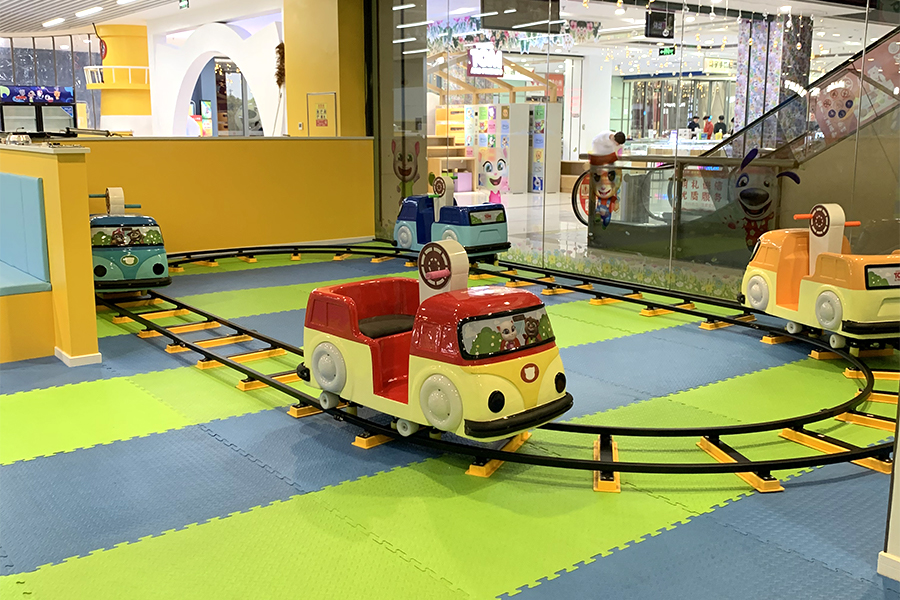Guangdong Player Specialty Vehicles Manufacturing Co., Ltd. is a manufacturing enterprise of special vehicles and equipment.
read moreThe construction costs of electrical rail ride systems encompass various aspects, including track laying, vehicle procurement, station construction, and signaling system installation. Larger-scale systems with advanced technology typically incur higher construction costs. Additionally, factors such as terrain conditions can influence construction costs; for instance, overcoming underground obstacles or crossing water bodies may incur additional expenses.
Maintenance costs for electrical rail ride systems include routine track and vehicle inspections, equipment upgrades, and personnel training. These costs gradually increase over time as the system operates, particularly when aging vehicles and equipment require replacement or refurbishment.
Operating costs primarily include personnel wages, electricity expenses, insurance premiums, and administrative overheads. These costs are closely tied to the scale and operation mode of the system. Factors such as the adoption of automated control systems or the need for 24-hour operation can significantly impact operating costs.
The construction and maintenance costs of electrical rail ride systems have significant implications for urban transportation development:
Alleviation of Traffic Congestion: Electrical rail ride systems provide high-capacity transportation services, effectively reducing urban traffic congestion and improving travel efficiency. This enhances urban transportation efficiency and quality of life for residents.
Environmental Protection: These systems typically utilize clean energy sources, such as electricity or hydrogen fuel cells for light rail trains, resulting in lower environmental impacts. By reducing vehicle emissions, they contribute to improved urban air quality and reduced environmental pollution.
Enhancement of Urban Image: Modern electrical rail ride systems not only offer efficient urban transportation services but also enhance the image of the city and attract investment. This helps to strengthen the city's competitiveness and attractiveness, driving sustainable urban development.
While the construction and maintenance costs of electrical rail ride systems are substantial, their long-term and positive impacts on urban transportation development cannot be overstated. They contribute to the establishment of livable, environmentally friendly, and efficient urban transportation systems.

Track hand electric train


 Language
Language 中文简体
中文简体 English
English Español
Español عربى
عربى










